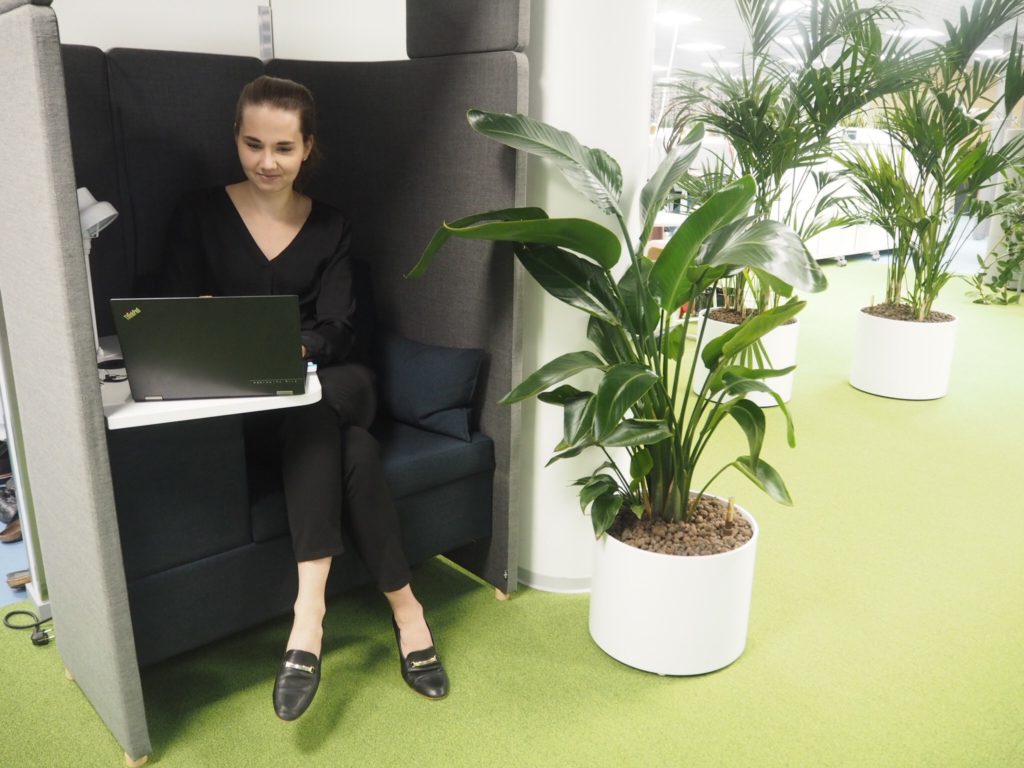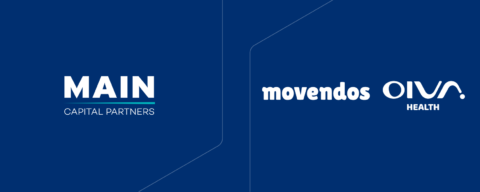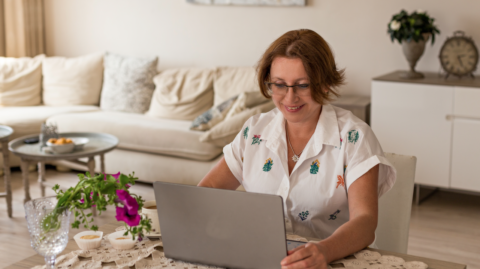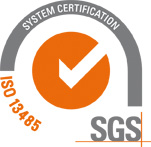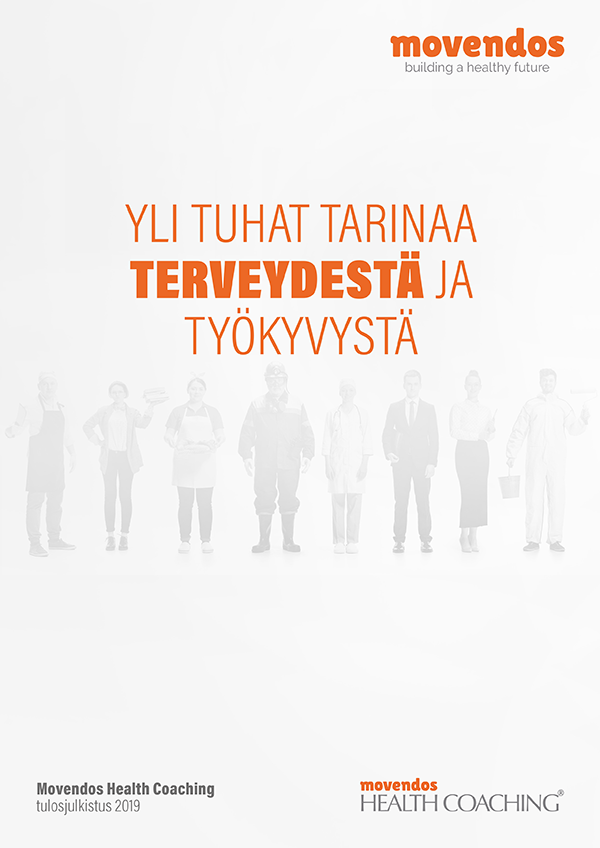In the development of digital healthcare everything should focus on human to human needs and people. Technology as such does not change health. Smooth access to both preventive and sick care health services enable better individual health behavior change.
Accessing all services from one place, a fluent information flow and flexible daily tools for healthcare professionals leave more time for human to human services, bringing cost savings at the same time.
New concepted remote service models enable an easy access to sick care and preventive healthcare from any location.
Goodbye to silo solutions – Healthcare customer wants to access all health services from one place
So far the benefits of healthcare digitalization have not been fully obtained, because digital healthcare solution providers have been introducing various focused tools for specific service needs and often from professionals’ aspect only. Multiple digital healthcare silo solutions have often become a burden also for healthcare professionals. Too much time is spent to secondary issues instead of using the time for people, the healthcare customers.
Currently, the healthcare providers are moving from this phase of piloting silo solutions to mainstream deployment of digital services where customers have access to all health services through one customer portal, also through mobile device. The digital healthcare services are moving from silo solutions towards patient engagement platforms and at its best also in a preventive way before the customer becomes a patient.
The doctor can work even from distant Lapland and serve customers in Southern Finland
If the digitalization is conducted well, the healthcare provider performs in a more efficient way, creates new service models and serves customers in many channels, independent of time and place. When done right, this frees resources to the most important – individual customer services, which also increases commitment and happiness related to work among professionals.
Tampere based occupational healthcare and medical center Pirte, serving 40 000 end customers, has been a pioneer in developing digital health services together with Finnish company Movendos. At the end of October 2018, Pirte’s occupational healthcare customer received service with a new remote reception service for the first time. The doctor served her client from her cottage at Lake Sevettijärvi far away in Lapland and the nurse from Tampere, Southern Finland. With the help of two professionals, the client was quickly guided to the right service. Remote reception is a good example of a service that enables new ways of working for health professionals and brings services close to the customer. Both the end customer and professional can be in any location.
– As the work life constantly changes, with digital services we can respond to customers’ needs regardless of location. Through digital service channels care paths become lighter, and the customer gets the help they need easily and quickly, says Piia Pulkkinen, Pirte’s customer co-ordinator.
– For a young and development-oriented company, this kind of a collaboration is very rewarding. We have been able to develop services that are now nationally leading the way. Agile and nationally spreading solutions have been developed locally which is changing the market in Finland, says Managing Director Arto Leppisaari from Movendos.
Movendos Health Platform offers the most important elements of the requirements that both healthcare customers and professionals have. It’s easy to take into use service by service, depending on the stage on digital solutions of the healthcare provider. Movendos is happy to continue its successful development cooperation with over 50 healthcare customers all over Finland, already reaching 350 000 Finns.
– Collaboration with Pirte has gradually become more intense. Development has progressed from video reception to surveys of health risks, well-being and working conditions, and online time reservation. Most recently, remote reception has been expanded with the chat and messaging service as well as secure information change between employers and occupational healthcare. In terms of benefits and user experience, parts of the service path must form a mutually supportive whole. In this way, the information can be passed at different stages of the service path and with the patient information system, Leppisaari describes.

